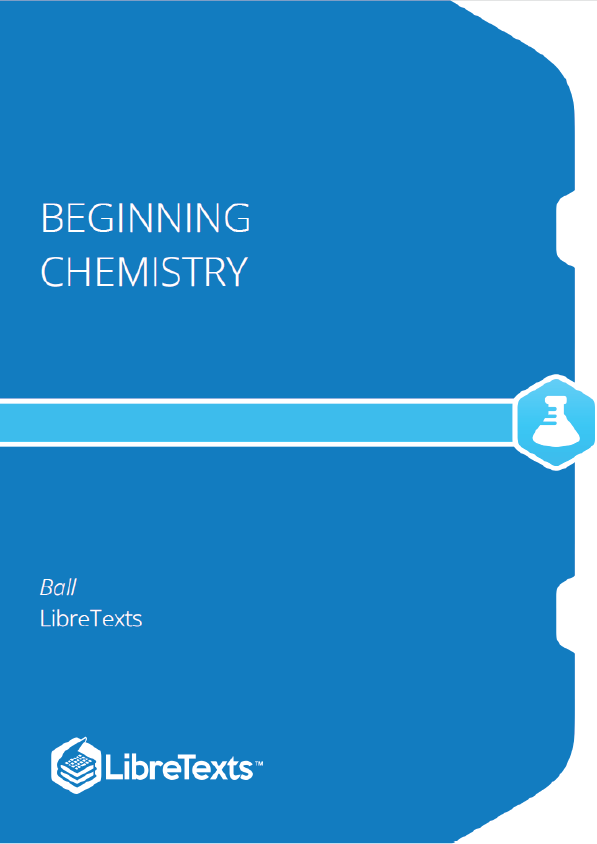To understand matter and how it changes, we need to be able to describe matter. There are two basic ways to describe matter: physical properties and chemical properties.
Physical properties
Physical properties are characteristics that describe matter as it exists. Some physical characteristics of matter are shape, color, size, and temperature. Chemical Properties Chemical properties are characteristics of matter that describe how matter changes form in the presence of other matter.
Does a sample of matter burn? Burning is a chemical property. Does it behave violently when put in water? This reaction is a chemical property as well (Figure ). In the following chapters, we will see how descriptions of physical and chemical properties are important aspects of chemistry. Figure : Chemical Properties. The fact that this match burns is a chemical property of the match. (Sebastian Ritter (Rise0011)).
Physical Change
A physical change occurs when a sample of matter changes one or more of its physical properties. For example, a solid may melt (Figure ), or alcohol in a thermometer may change volume as the temperature changes. A physical change does not affect the chemical composition of matter. Figure : Physical Changes: The solid ice melts into liquid water—a physical change. A time-lapse animation of ice cubes melting in a glass over 50 minutes. (Public Domain; Moussa).
Chemical Change
Chemical change is the process of demonstrating a chemical property, such as the burning match in Figure “Chemical Properties”. As the matter in the match burns, its chemical composition changes, and new forms of matter with new physical properties are created. Note that chemical changes are frequently accompanied by physical changes, as the new matter will likely have different physical properties from the original matter.
Substance A sample of matter that has the same physical and chemical properties throughout is called a substance. Sometimes the phrase pure substance is used, but the word pure isn’t needed. The definition of the term substance is an example of how chemistry has a specific definition for a word that is used in everyday language with a different, vaguer definition. Here, we will use the term substance with its strict chemical definition. Chemistry recognizes two different types of substances: elements and compounds.
Element
An element is the simplest type of chemical substance; it cannot be broken down into simpler chemical substances by ordinary chemical means. There are 118 elements known to science, of which 80 are stable. (The other elements are radioactive, a condition we will consider in Chapter 15.) Each element has its own unique set of physical and chemical properties. Examples of elements include iron, carbon, and gold. Compound A compound is a combination of more than one element. The physical and chemical properties of a compound are different from the physical and chemical properties of its constituent elements; that is, it behaves as a completely different substance. There are over 50 million compounds known, and more are being discovered daily. Examples of compounds include water, penicillin, and sodium chloride (the chemical name for common table salt).
Mixtures
Physical combinations of more than one substance are called mixtures. Elements and compounds are not the only ways in which matter can be present. We frequently encounter objects that are physical combinations of more than one element or compound— mixtures. There are two types of mixtures.











